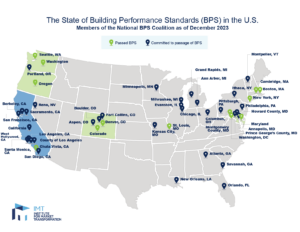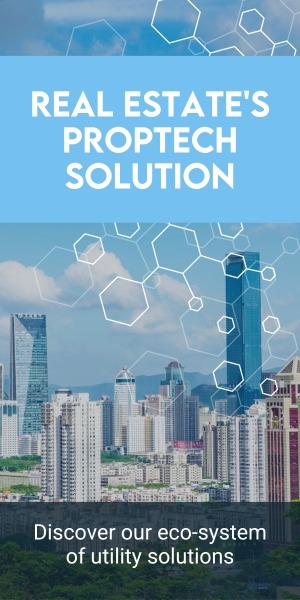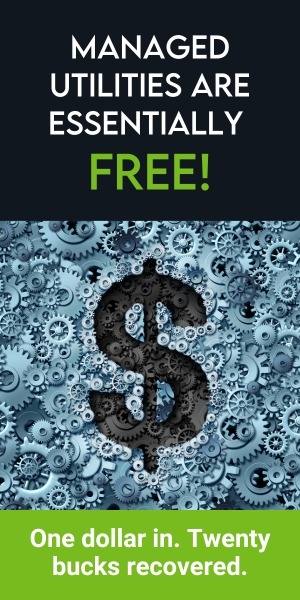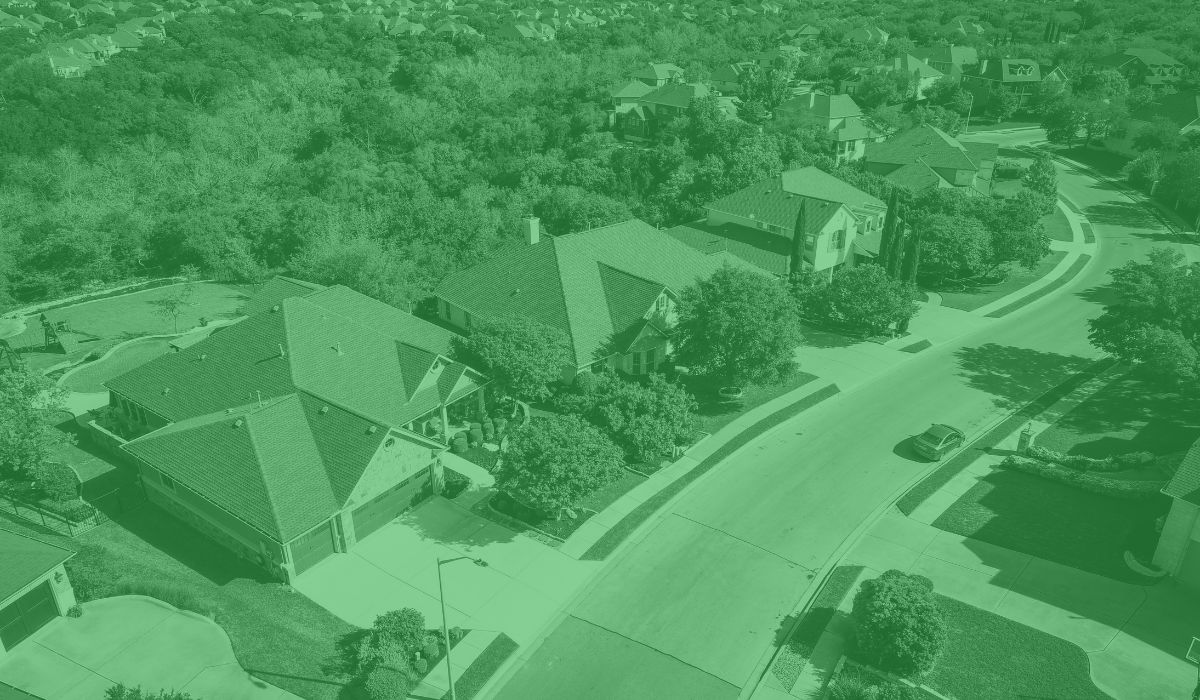According to NASA, July 22, 2024 was the hottest day on record, but it won’t hold that title for long. As temperatures continue to rise, real estate owners face significant climate risks that jeopardize their portfolios. Many sit at a crossroads – facing the dual challenges to lower operational costs while investing in making their properties climate-ready and compliant.
This summer, we’ve discussed the first two steps to solving the climate risk puzzle:
Once those crucial steps are complete, it’s important to mitigate your risks. Ultimately, you will need to take action to protect your real estate assets from both physical and transitional climate risks to strengthen your position for the future.
Don’t complicate compliance
With more cities and states enacting evolving building performance standards (BPS) regulations, it’s harder to ensure your portfolio is compliant. While this can be a nuisance, updating your properties to be BPS compliant is better for the planet and your finances. Avoiding hefty fines pays for itself. Compliance is a form of transition or regulatory risks that we mitigate. As utility management and ESG Experts, we ensure you are covered and supported every step of the way.

Make your GHG footprint a toeprint
Reducing your greenhouse gas (GHG) emissions starts with creating a decarbonization plan. Once you’ve quantified your footprint and predicted future emissions based on business growth, set realistic targets to reduce GHG emissions in the short and long term. Outline a plan and identify the costs associated with solutions. By collaborating with and engaging stakeholders early in the process, you can avoid facing resistance and demonstrate that decarbonization is the future.
Get certified and earn bragging rights
Obtaining environmental building certifications such as LEED or ENERGY STAR is a smart climate defense, as they often can mitigate regulatory, transition, or market risks. Certifying an asset will also provide you with a valuable tool to communicate your sustainability story to stakeholders. In terms of climate risk, a certified environmentally friendly, energy efficient building is a more valuable asset, relatively isolated from regulatory burdens and more attractive to future buyers.
Need help? Use our Strategic Consulting team
Mitigating your risks can be time consuming and difficult. Work with our Strategic Consulting team to develop programs and policies that will reduce physical risks due to weather events and strengthen the resiliency of your assets. Be sure to stay tuned to our summer series as we have one more simple step that will help you solve your climate risk puzzle.







